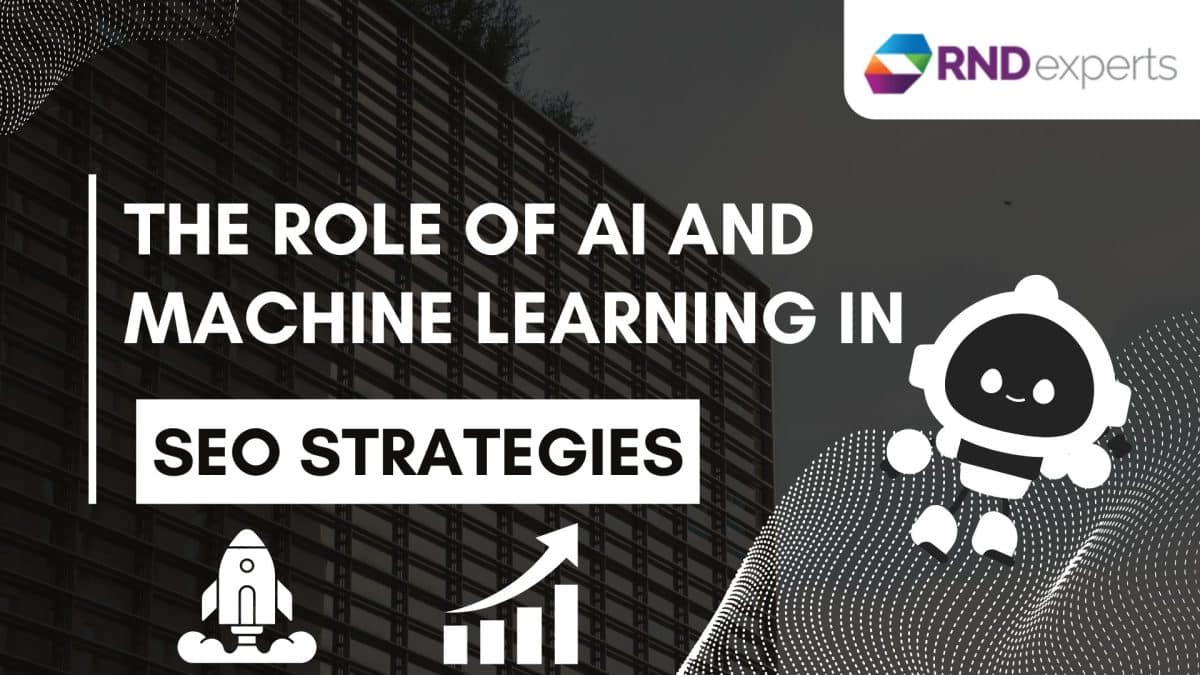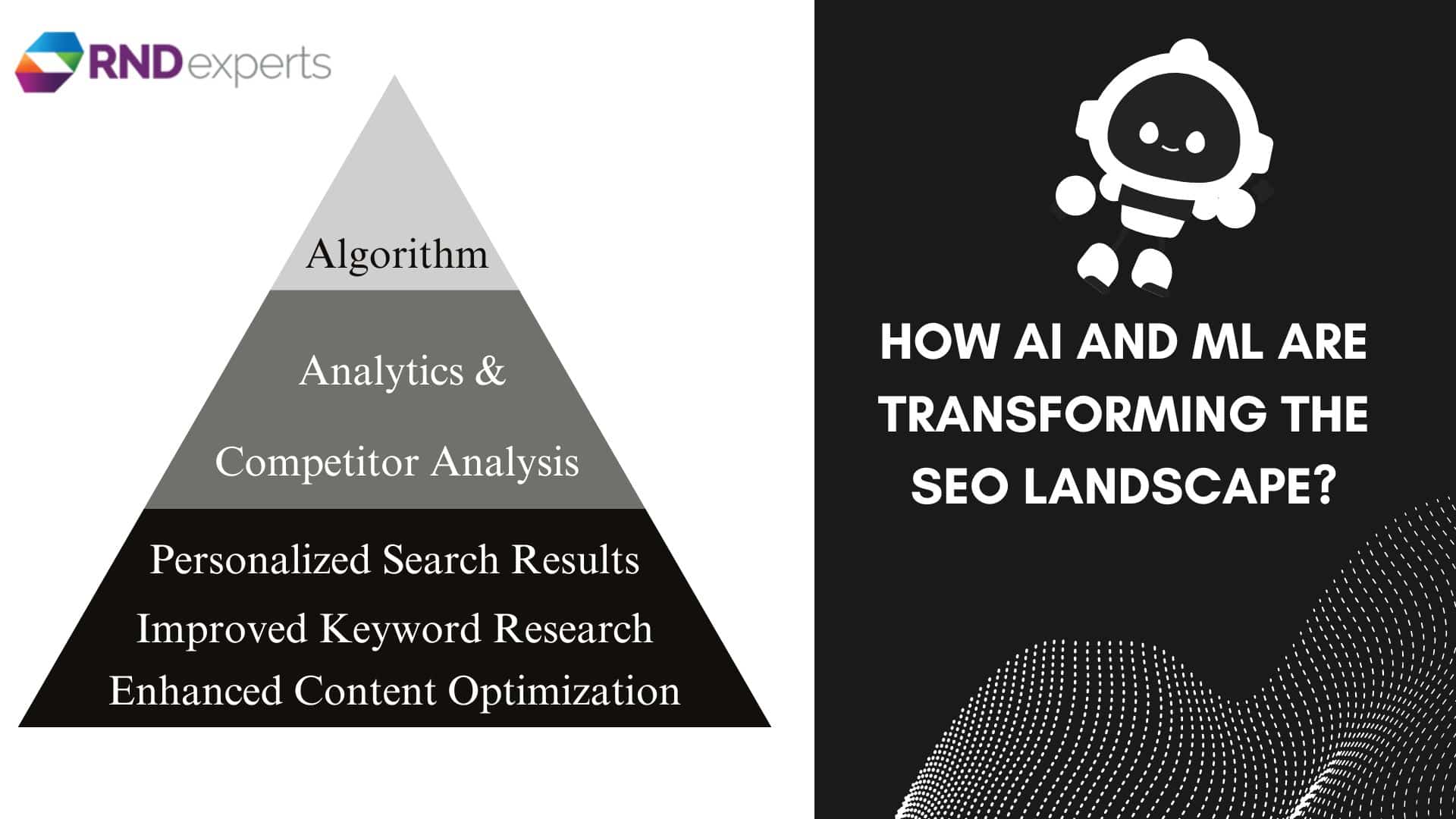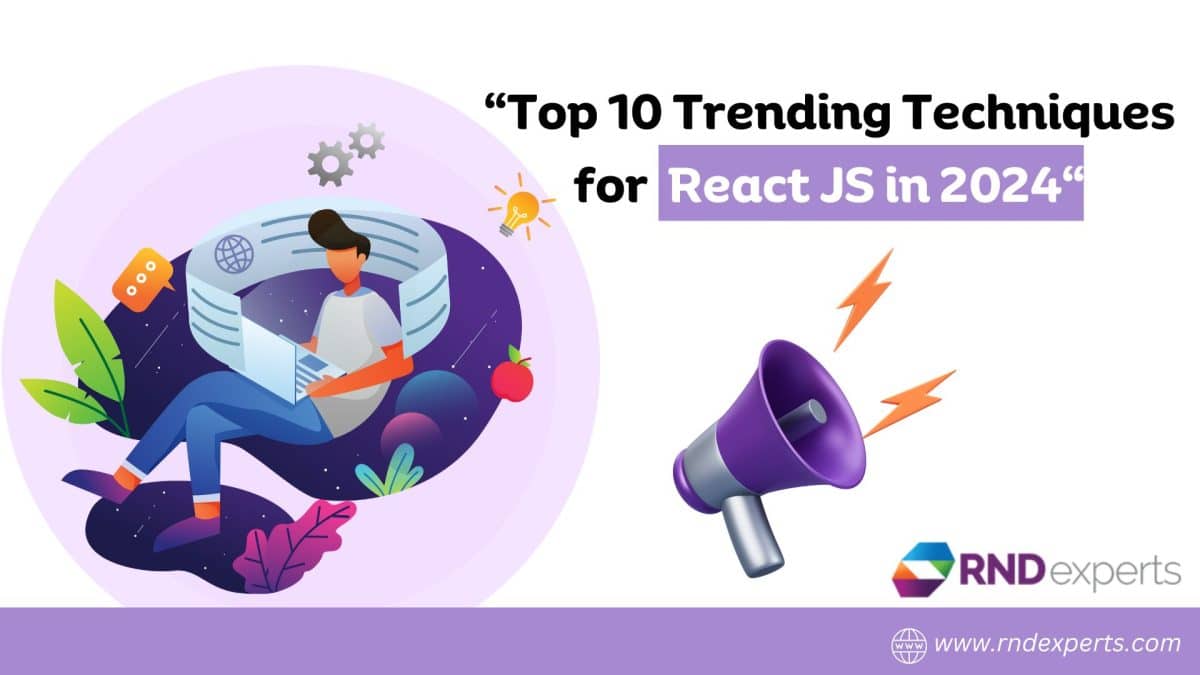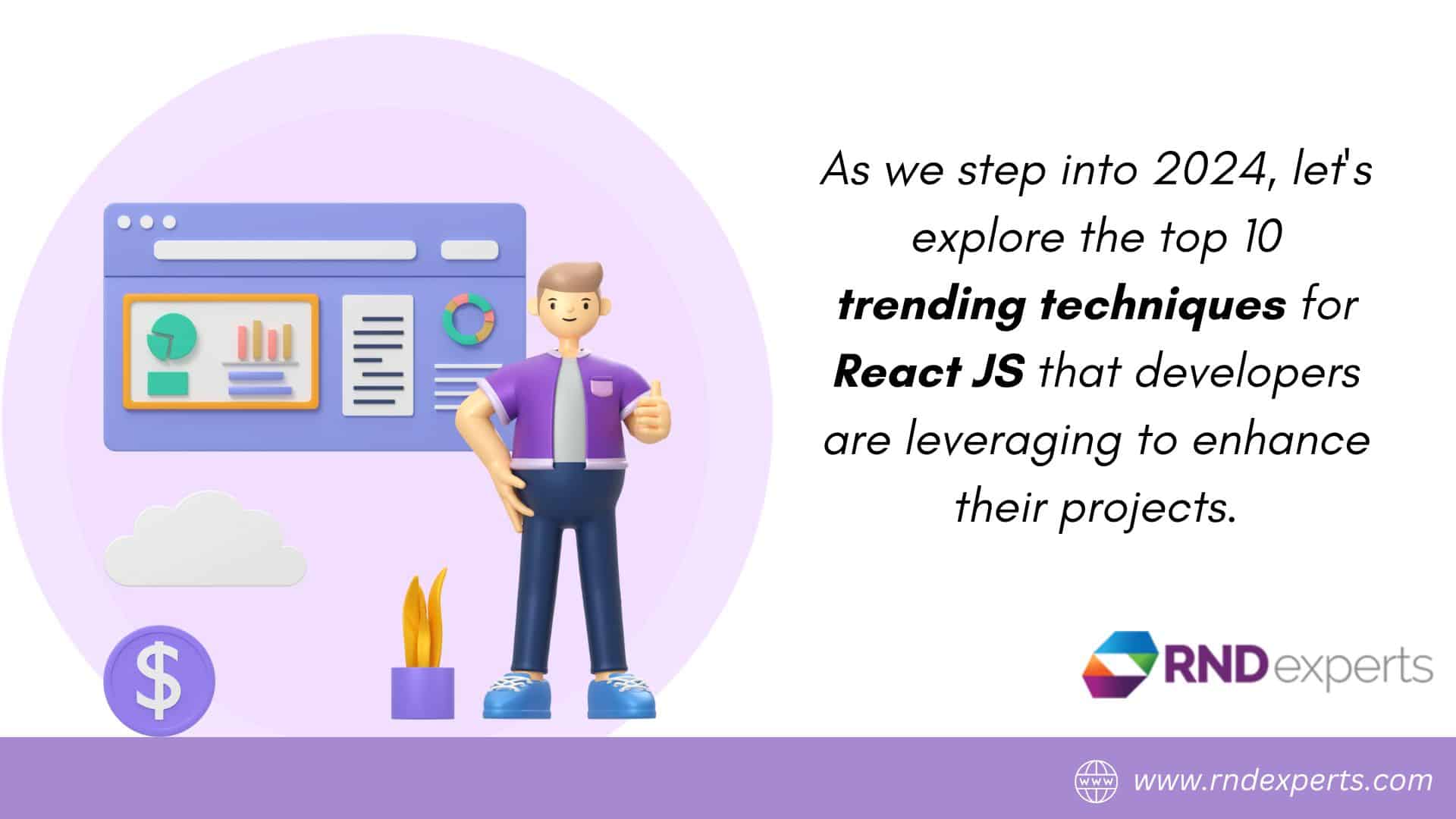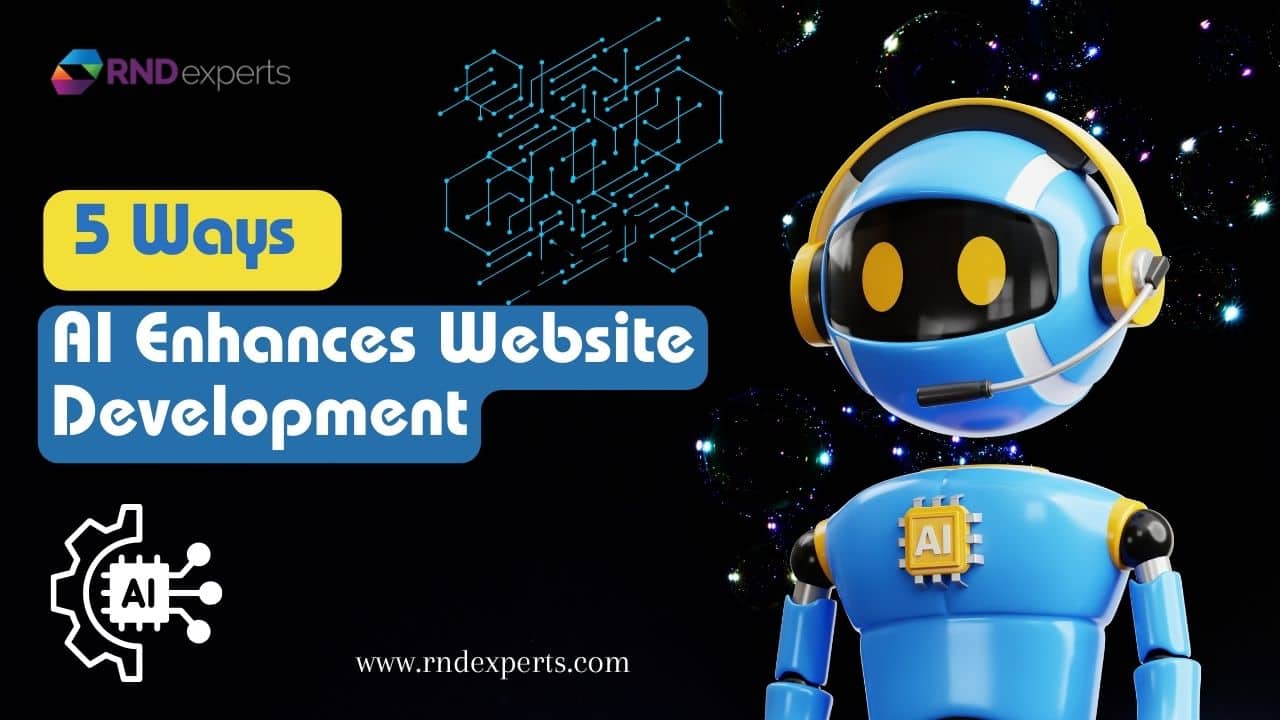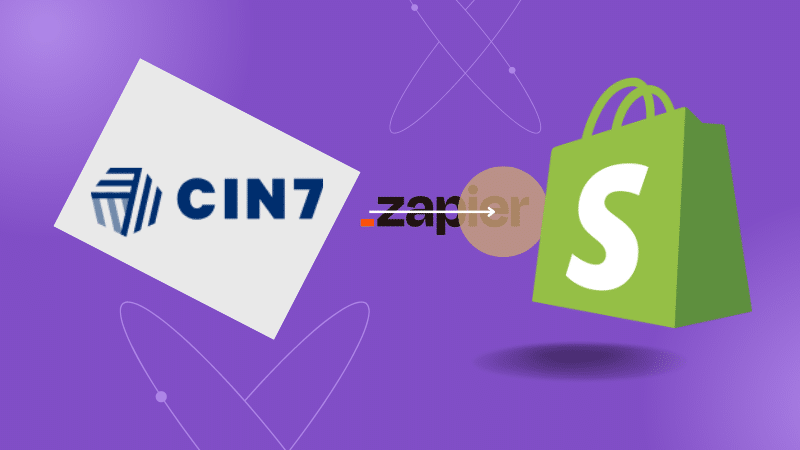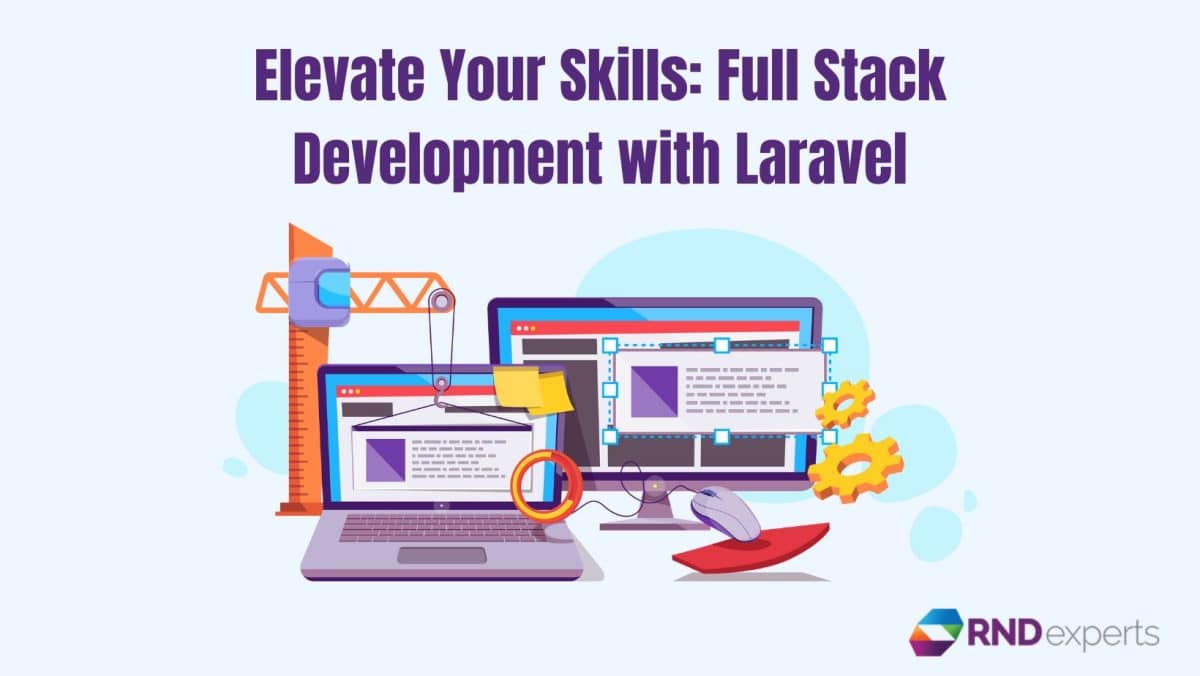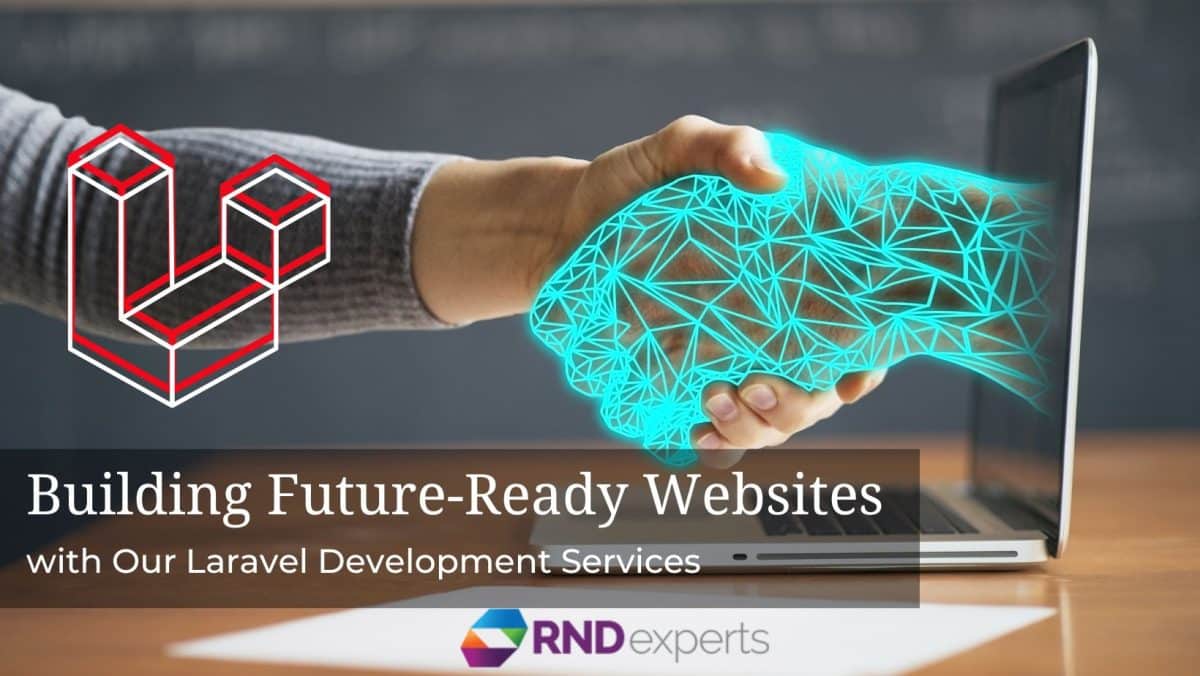- Optimize Images:
Oversized images significantly contribute to sluggish website performance. Boost your site’s speed by compressing and resizing images before uploading. Opt for efficient formats such as JPEG or WebP, and explore lazy loading methods to delay loading offscreen images until they’re necessary.
- Minimize HTTP Requests:
Every component present on a webpage, like images, scripts, and stylesheets, necessitates an HTTP request. Decreasing the number of requests can notably trim loading durations. Merge several files into one whenever feasible, and employ CSS sprites to amalgamate multiple images into a solitary file.
- Enable Browser Caching:
Browser caching facilitates the storage of static files (e.g., images, CSS, JavaScript) within a user’s browser, eliminating the need for repeated downloads upon revisiting your site. Configure cache headers to define the duration for which browsers should retain resources. This practice lessens server load and enhances page loading speed for recurrent visitors.
- Utilize Content Delivery Networks (CDNs):
CDNs distribute your website’s static content across numerous servers globally. This approach minimizes latency and enhances load times by delivering content from servers located closer to the user. Select a dependable CDN provider and set it up to efficiently cache static assets.
- Optimize CSS and JavaScript:
Large CSS and JavaScript files can hinder website speed. Compress and combine these files to decrease their size and the amount of HTTP requests needed to retrieve them. Also, explore loading JavaScript asynchronously to avoid it delaying the page’s rendering.
- Implement GZIP Compression:
Utilizing GZIP compression minimizes the size of your website’s files before transmission, leading to expedited page loading. GZIP compression is widely supported by web servers, hence, it’s advisable to activate it for compressing your HTML, CSS, and JavaScript files.
- Prioritize Above-the-Fold Content:
Above-the-fold content denotes the section of a web page that is immediately visible without the need for scrolling. Focus on loading this content initially to offer users a perception of quicker loading times. Consider deferring the loading of below-the-fold content or employing lazy loading methods to load it asynchronously.
- Optimize Server Response Time:
- Reduce Redirects and Broken Links:
The presence of redirects and broken links can result in additional HTTP requests, leading to prolonged load times. Therefore, it is advisable to limit the utilization of redirects and conduct periodic checks on your website for broken links. Tools such as Google Search Console or a link checker can facilitate this auditing process.
- Monitor and Test Performance Regularly:
Continuously assessing your website’s performance is crucial for ongoing optimization. Utilize tools such as Google PageSpeed Insights, GTmetrix, or Pingdom to monitor performance metrics, and regularly experiment with various optimization strategies to pinpoint opportunities for enhancement.
-
Why Is Page Speed Important
In the rapidly moving world of the internet, time is of the essence, with attention spans shrinking by the second. Whether it’s the casual surfer or the committed shopper, people demand immediate access to information and smooth browsing. As a result, the importance of page speed has surged to the forefront of website optimization tactics. This article delves into the significance of page speed in today’s digital environment.
The Need for Speed
- User Experience: Picture clicking on a link only to find yourself waiting endlessly for the page to load. It’s exasperating, isn’t it? Users desire immediate satisfaction, and a sluggish website can repel them quicker than you can utter “loading.” A responsive page not only boosts user contentment but also entices them to delve deeper.
- Search Engine Rankings: Speed is essential not only for user satisfaction but also for search engine rankings. Platforms such as Google value user experience highly, with page speed being a pivotal element in their ranking algorithm. Websites that load swiftly typically achieve better placement in search results, resulting in heightened visibility and increased organic traffic.
- Mobile Optimization: Given the significant increase in mobile device usage, prioritizing mobile optimization has become imperative. Mobile users expect quick loading times, considering potential network constraints and smaller screens. Creating a mobile-friendly website that loads swiftly is crucial for attracting and retaining this audience.
- Conversion Rates: The speed at which a webpage load directly influences conversion rates, which in turn affects the overall profitability. Studies have shown that even a mere one-second delay in page load time can lead to a notable decrease in conversions. Whether it involves finalizing a purchase or subscribing to a newsletter, users tend to be more inclined to interact when they experience minimal waiting times.
How to Speed Things Up
Optimize Images: Large, unoptimized images often cause websites to perform sluggishly. Compressing images while maintaining quality can substantially decrease load times.
Minimize HTTP Requests: Every component present on a webpage, such as images, stylesheets, or scripts, necessitates an HTTP request. By minimizing these requests, the loading process can be streamlined.
Enable Browser Caching: Browser caching permits elements of a webpage to be stored locally, decreasing the necessity to retrieve them from the server each time a user visits the site. This can result in faster subsequent page loads.
Utilize Content Delivery Networks (CDNs): CDNs distribute a website’s content across multiple servers worldwide, delivering it from the server closest to the user’s location. This minimizes latency and improves load times, especially for global audiences.
Implement Lazy Loading: Lazy loading postpones the loading of non-critical resources, like images below the fold, until the user scrolls down to view them. This technique prioritizes the loading of essential content, enhancing perceived performance.
What Affects Site Speed?
In the fast-paced realm of the internet, where every second counts, site speed emerges as the unsung hero. Whether you’re a casual browser or a seasoned webmaster, the speed at which a website loads can significantly impact your online experience. But what precisely influences this digital dynamo? Let’s embark on a journey to uncover the factors that shape a website’s speed.
The Anatomy of Site Speed
Before delving into the influencing factors, let’s first understand what site speed entails. Site speed, also known as page load time, refers to the duration it takes for a web page to fully display its content. This encompasses everything from text and images to scripts and stylesheets. In today’s fast-paced digital landscape, users anticipate instantaneous access to information, making site speed a crucial component of user experience.
Factors Influencing Site Speed
- Hosting Infrastructure:
- File Size and Compression: Bloated files can slow down a website, resulting in sluggish load times. Large images, videos, and bulky scripts contribute to the increased file sizes. Employing techniques such as image optimization, CSS and JavaScript file minification, and utilizing compression formats like GZIP can help reduce the excess and improve site speed.
- Caching Mechanisms: These mechanisms store static resources from a website, including HTML files, images, and stylesheets, either in the user’s browser or on a server. By minimizing the need for repeated requests to the server, caching speeds up the loading process and improves site speed. Implementing browser caching and utilizing Content Delivery Networks (CDNs) are effective strategies for leveraging caching mechanisms.
- Code Efficiency: The performance of a website is significantly impacted by the quality of its codebase. A well-organized HTML, CSS, and JavaScript code, free from superfluous elements and redundancies, accelerate browser rendering. Moreover, implementing contemporary web development techniques, such as asynchronous script loading and deferred rendering, enhances site efficiency.
- Network Latency: The physical distance between the user and the web server, along with network congestion, influences data transmission speeds. Reducing network latency through server location optimization, utilizing HTTP/2 for multiplexed and compressed data transmission, and employing techniques such as prefetching DNS and preloading critical resources can alleviate the impact of network delays on site speed.
- Third-Party Scripts and Integrations: Although third-party scripts and integrations enhance website functionality, they may also introduce latency and dependency issues. It’s important to carefully assess the necessity of such assets, optimize their loading behavior, and implement asynchronous loading techniques to prevent them from impeding site speed.
- Mobile Optimization: As mobile devices become increasingly common, it’s crucial to speed up websites for mobile users. Using responsive design, light mobile-friendly content, and methods like lazy loading for images and content can help ensure quick loading times on mobile devices, making the user experience better.
How to Measure Website Speed
Why Website Speed Matters
Before we dive into the how-to, let’s understand why website speed is crucial.
- User Experience: Visitors anticipate fast website loading times. Slow-loading pages frustrate them and increase bounce rates.
- SEO Impact: Search engines such as Google prioritize page speed as a ranking factor. Websites that load quickly typically rank higher in search results.
- Conversion Rates: Research indicates that quicker websites result in better conversion rates. Even a slight delay can greatly affect sales and leads.
How to Measure Website Speed
Now that we understand the significance of website speed, let’s explore how to measure it accurately.
1. Google PageSpeed Insights
Google PageSpeed Insights is a free tool that examines web page content and offers tips to speed it up. It gives scores for desktop and mobile performance, along with suggestions for optimization.
2. GTmetrix
3. Pingdom Website Speed Test
4. WebPageTest
Key Metrics to Focus On
When measuring website speed, several key metrics should be considered:
- Load Time: Load Time refers to the duration it takes for a webpage to completely load.
- First Contentful Paint (FCP): First Contentful Paint (FCP) refers to the time it takes for the initial content to show up on the screen.
- Time to Interactive (TTI): Time to Interactive (TTI) refers to the duration needed for a webpage to become fully interactive.
- Total Page Size: The overall size of all resources required to load a webpage.
- Number of Requests: This refers to the sum of all HTTP requests needed to load a webpage.
Tips for Improving Website Speed
Once you’ve measured your website’s speed, it’s time to take action to improve it:
- Optimize Images: Reduce file size without losing quality to make pages load faster.
- Minify CSS and JavaScript: Cut down on extra characters and spaces in your code files to make them smaller.
- Optimize Browser Caching: Use browser caching to save often-used resources on users’ devices. This speeds up loading for people who come back to your site.
- Utilize Content Delivery Networks (CDNs): Spread out your website’s static content among servers worldwide to cut down on latency.
- Upgrade Hosting: Select a trustworthy hosting provider with servers optimized for speed and performance.
Best Practices to Speed Up Your Website
- Improve Image Quality:
- Reduce HTTP Requests:
- Utilize Browser Caching:
- Enable Compression:
- Minify CSS, JavaScript, and HTML:
- Implement Content Delivery Networks (CDNs):
Content Delivery Networks (CDNs) disperse your website’s content across various servers globally, ensuring quicker delivery to users no matter where they are. By storing static assets on edge servers near your audience, CDNs reduce delays and enhance performance. Assess different CDN providers to discover the one that aligns with your requirements and budget.
- Prioritize Above-the-Fold Content:
- Regularly Monitor and Test Performance:
Improving Website Performance for Business Success
1. User Experience:
Website performance plays a crucial role in user satisfaction. Studies reveal that users anticipate websites to load in two seconds or less. Anything slower can frustrate them, leading to abandonment. Providing a smooth browsing experience keeps visitors interested and encourages them to delve deeper into the site. On the flip side, a slow website can drive users away, causing potential losses in conversions and sales.
2. Search Engine Ranking:
3. Conversion Rates:
Conversion rates and website performance are closely linked. Research shows that even a small delay in page loading can cause a big decrease in conversion rates. Whether you want to get leads, make sales, or get sign-ups, a quick-loading website makes it more likely that visitors will do what you want. Improving performance can lead to higher conversion rates and, in turn, increase revenue.
4. Customer Satisfaction and Retention:
5. Mobile Responsiveness:
.
Strategies for Optimization:
- Optimize Images and Multimedia: Shrink images and videos to make files smaller without losing quality. Employ responsive design methods to deliver content that suits different device abilities.
- Minimize HTTP Requests: Reduce the number of elements like CSS, JavaScript, and images on each page to make fewer HTTP requests. This will speed up load times.
- Utilize Content Delivery Networks (CDNs): CDNs spread website content across various servers globally, ensuring speedy delivery to users no matter where they are located.
- Enable Browser Caching: Use browser caching to save static files locally, which speeds up page loading when visitors return.
- Prioritize Critical Rendering Path: Make sure to optimize it so that important content loads first, speeding up how quickly users see the page.
- Regular Performance Monitoring: Continuous performance monitoring is key. Utilize tools such as Google PageSpeed Insights and GTmetrix to track website performance. Detect any issues and apply optimizations as needed to keep your site running smoothly.
Improving Your Website’s Performance: Avoiding Common Business Mistakes
-
Ignoring Mobile Optimization
-
Slow Page Loading Times
-
Improving Call-to-Actions (CTAs)
-
Improving Website Navigation and Structure
A website that’s hard to navigate can bother users and make finding things tough. To make it easier, use clear menus and organize information logically. You might want to do some user testing to find out what’s causing problems and then adjust your website accordingly.
-
Ignoring Search Engine Optimization (SEO)
-
Neglecting Website Security
What Affects Website Speed?
- Hosting Infrastructure:
- Page Size and Content:
- Caching Mechanisms:
- Improving Code Efficiency:
- Server Response Time (Latency):
- Network Conditions:
- Browser Compatibility:
- Third-Party Scripts and Plugins:
Implementing these tips and best practices can significantly improve your website speed, providing visitors with a seamless and enjoyable browsing experience. Remember that every millisecond counts in today’s digital landscape, so prioritize optimization efforts to stay ahead of the competition.
FAQs on Website Speed:







